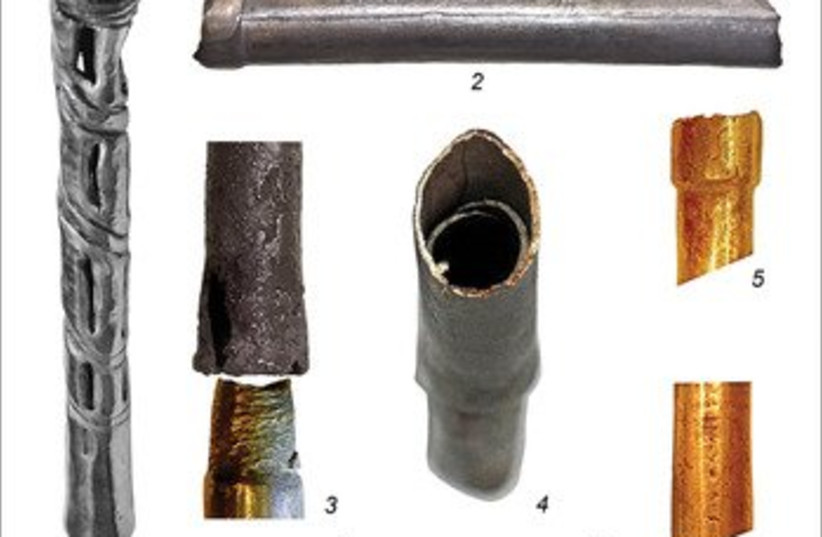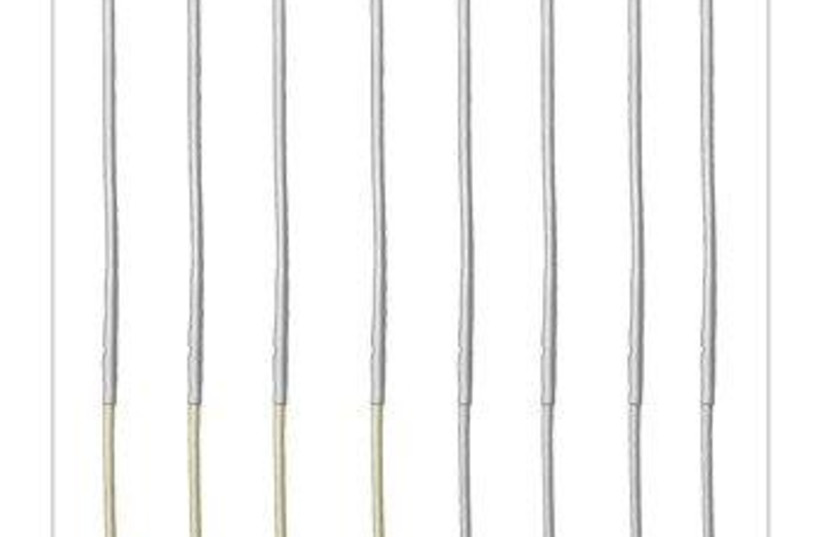Ornate silver and gold tubes excavated from an Early Bronze Age burial mound in 1897 in the northern Caucasus, Russia, previously thought to have been used as ritual funerary instruments, may have actually been used to drink beer.
Russian researchers conjectured that barley starch granules detected from inside one of the eight tubes and the tubes’ placements closest to the body in a burial chamber hint to their use in a Maikop funerary feasting ritual.
The skeleton, located in the most luxurious chamber, was also covered with the remains of a richly decorated garment, along with hundreds of beads of semiprecious stones and gold.
According to the new study published in the journal Antiquity, the eight individuals who might have taken part in the drinking burial rite would have either sat or stood around a large jar, which was also found in the tomb, to drink beer from the straws. Each participant’s share of beer would have been about four liters, or about seven pints.
Earlier interpretations of these tubes, which placed their narrow perforated tips pointing upward, include their use as scepters and as poles to support a canopy. Researchers said, however, these did not account for their thin-walled, hollow construction.


Their new reasoning is also based on a taste for Sumerian luxury and communal feasts in the Caucasus in the fourth millennium BCE, the researchers said.
Long straws were used for beer drinking from the third millennium BCE in Sumeria, where straws survive. Seals from Iran and Iraq of the fifth to fourth millennium BCE also depict images of such multiple straws used for drinking from a communal vessel.
The researchers said feasting and games at a funeral were deeply rooted in local tradition, and the tubes’ proximity to the body emphasized the importance of the feast in the Maikop funerary rite.
The Bronze Age Maikop burial mound, or kurgan, is one of the most richly furnished prehistoric burial mounds in the northern Caucasus. The tubes were among the extensive finds unearthed in its excavation in 1897.
The Maikop mound is also known for its evidence for extensive cultural connections with the Near East and gave its name to the Maikop Early Bronze Age Culture (3700-3000/2900 BCE).
Some of the approximately 1.12-meter-long tubes, currently in the Hermitage Museum in St. Petersburg, Russia, are adorned with bull figurines. Despite their length, the tubes are light, each weighing about 200 grams, or less than half a pound.
“Re-examination of these objects... suggests they were used as tubes for the communal drinking of beer, with integral filters to remove impurities,” said the report’s lead author, Viktor Trifonov of the Institute for the History of Material Culture at the Russian Academy of Science. “If correct, these objects represent the earliest material evidence of drinking through long tubes – a practice that became common during feasts in the third and second millennia BC in the ancient Near East.”


Nevertheless, the researchers acknowledged in their report that others disagree with their new theory, including Yuri Piotrovskij, curator of the Maikop collection in the Hermitage. He recently said the interpretation of the tubes’ use as scepters by Prof. Nikolai Veselovsky, who conducted the original excavation 125 years ago, was “still correct.”
